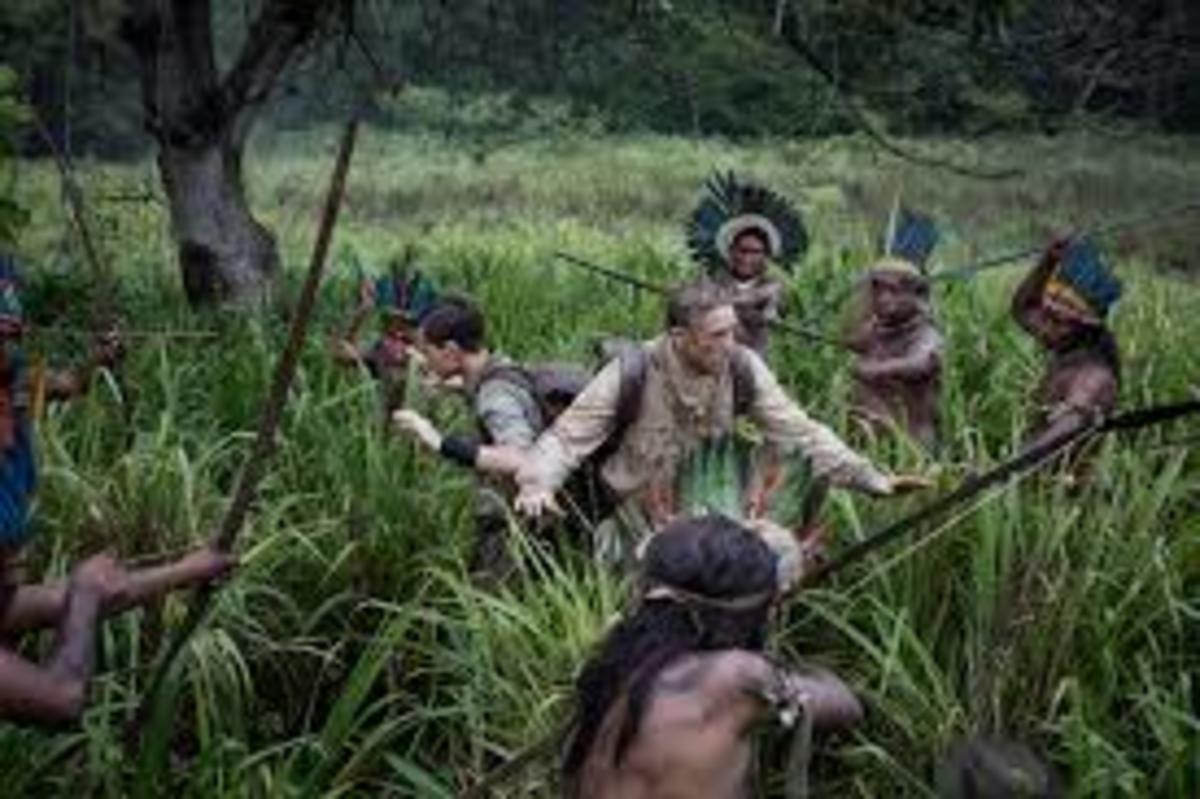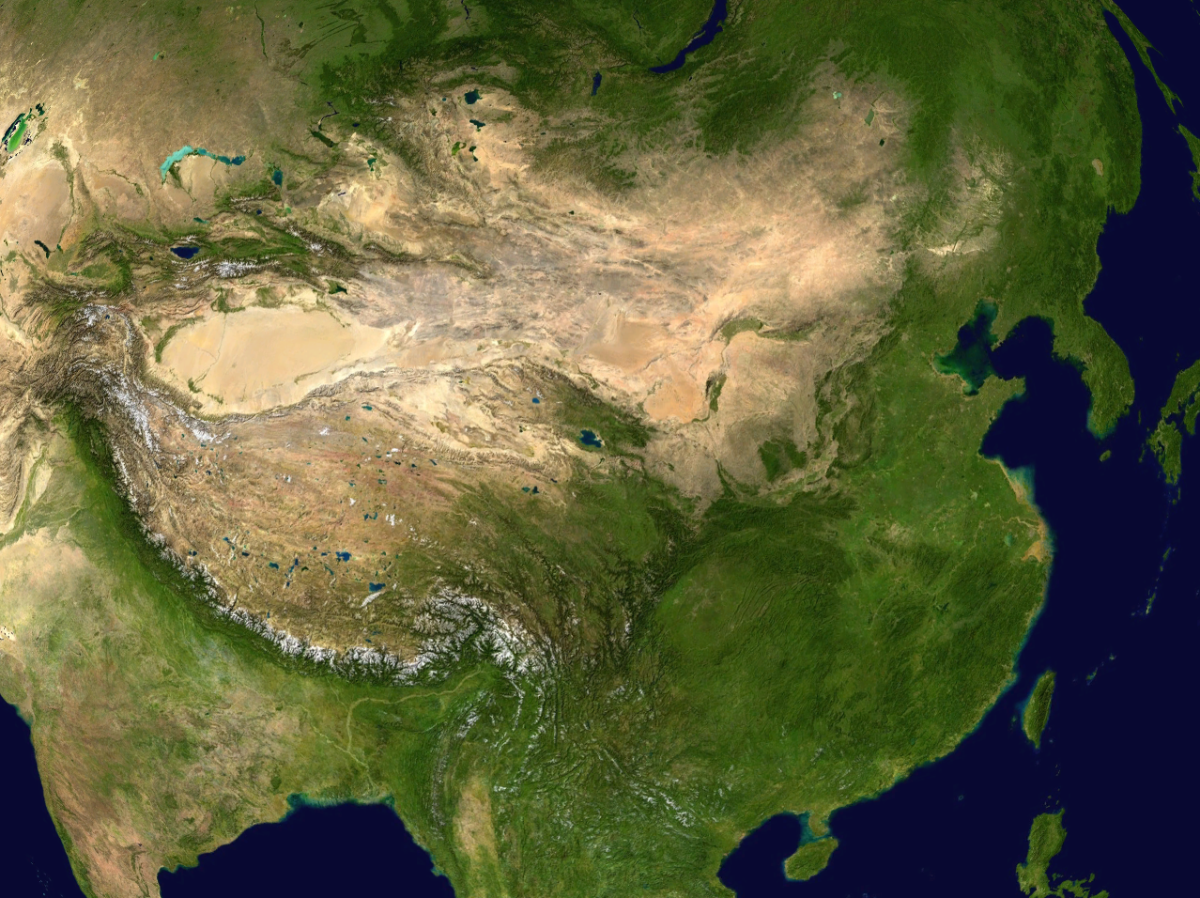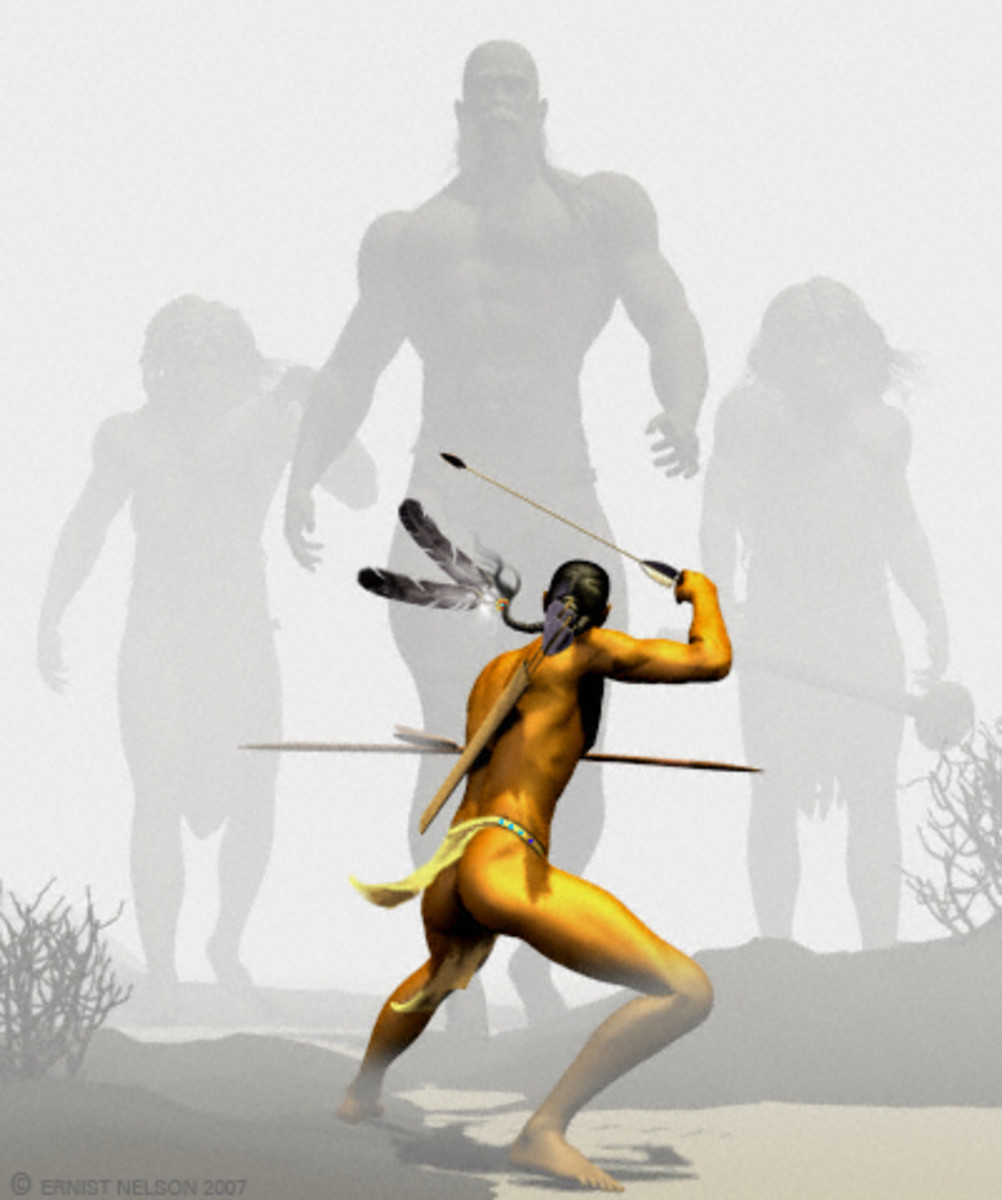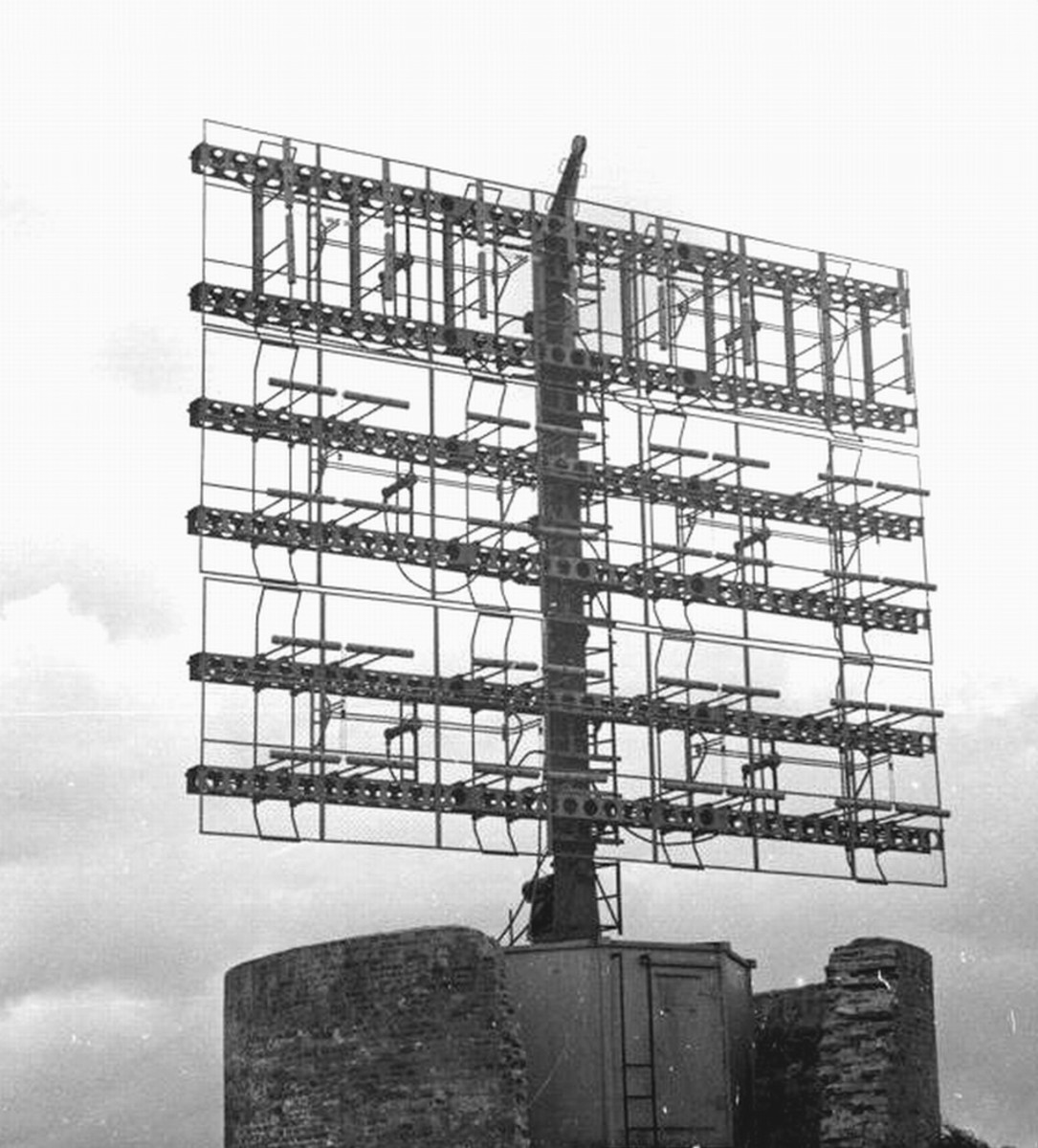Percy Fawcett's Lost Expedition


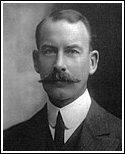
Percy Harrison Fawcett was a British Explorer around the turn of the last century. He mysteriously disappeared in 1925 during an expedition searching for an ancient city he called the Lost City of “Z.” Some of his daring exploits were the kind of stuff action adventure novels are made of. In fact, one was. During his travels he had become friends with noted author, Arthur Conan Doyle who was inspired by Fawcett's work and wrote The Lost World.
For years Fawcett had studied ancient legends and historical records of the area and was convinced it existed in the dark unmapped jungle regions of Brazil’s Mato Grosso territory. However, a few of his peers in the geographical community scoffed at his ideas and publicly ridiculed him, implying he was mad and bordering on the fringes of insanity.
Fawcett was born in August of 1867 in Devon, England. His parents hobnobbed with England’s ruling class and upper crust of society, a life style he didn’t care much for. He was more at home studying and exploring new places and concepts. His thinking was highly influenced by the Theosophical movement of the times, a kind of predecessor to modern day New Age philosophies.
His father, a distinguished member of the Royal Geographical Society (RGS), pressured his son into joining the Royal Artillery at the age of 19. He was commissioned as an officer and eventually attained the rank of Lieutenant Colonel. Fawcett wasn’t particularly impressed with military life either, but what he learned during this period would stand him in good stead in later adventures as an explorer.

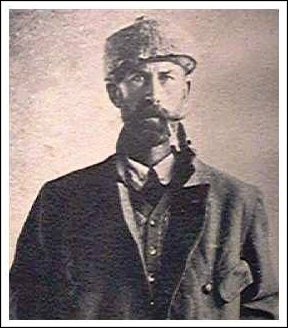
In 1906, the President of the Royal Geographical Society offered Fawcett a job exploring uncharted areas in Bolivia. His first question to Fawcett was, “Do you know anything about Bolivia?" Shoving a map under his nose, the president stated "It's full of blank spaces because so little is known of it."
There were many reasons why the RGS placed such an importance on defining borders in South America. But, chief among them was countries like Bolivia and Brazil had vast forests of rubber trees. The lack of defined borders could be a precedent to war with other more technologically advanced nations wanting to exploit the resource.
It would be a dangerous mission. There were still Indian tribes who had never seen a white man. And then there were tribes who had, and resented their presence. They had been known to savagely murder members of other expeditions. Many other dangers would be encountered, such as disease, wild animals, poisonous snakes and insects. But, without hesitation Fawcett accepted the position.

After arriving in La Plaz, Bolivia he headed out on his expedition. He soon discovered just getting to the first area to be surveyed was a harrowing ordeal. It was at an altitude of over 17,000 feet and the thin air put an enormous strain on the pack mules as well as the party of explorers. Therefore, progress was slow and perilous. The party had to stop frequently to catch their breath. Sometimes they inched along 30 feet at a time.
Colonel Fawcett found life for native South American Indians was difficult to say the least. Slavery was illegal, but rubber plantation owners frequently sent men into the jungle to capture tribesmen to toil as rubber collectors. It would seem some tribes had good reason to be hostile towards these uninvited white interlopers.
Fawcett’s philosophy was if the natives were treated humanely and with kindness they would reciprocate. In 1910, during a trip up the Heath River his theory was put to the test. The members of the Fawcett expedition had been warned not to venture into the territory as it was known to be inhabited by killer “savages.” But they ignored the warning and proceeded on their mission.
After about a week paddling upstream the party rounded a bend and encountered an Indian encampment. Both factions were as surprised as the other. Fawcett’s men grounded their craft while the natives ran for cover and began shooting arrows in their direction. Fawcett tried speaking to them in several local dialects, but apparently they didn’t understand. Fawcett tried another tactic. He grabbed his accordion off the seat next to him and began playing and singing. The arrows stopped and soon the two parties were exchanging gifts and making peace. However, not all contacts ended as well.
Fawcett’s expedition also had to face other dangers than hostile tribes. On one occasion Fawcett found a giant poisonous apazauca spider in his sleeping bag. Fortunately, he wasn’t bitten. Snakes were also a problem. They were once attacked by a seven-foot long "Bushmaster," a deadly poisonous snake, but managed to kill it by putting two bullets in its head. They also later had a run in with a giant anaconda Fawcett estimated to be about 60 feet long. The jungle was full of constant threats. There were piranha fish in many of the rivers, not to mention the rapids.
While traveling by raft, the expedition became caught in a series of rapids and all but one was sent flying over a 20 foot waterfall. Fortunately no one was injured, but they lost a lot of their equipment and supplies.
Fawcett worked charting the region for three years and then decided to retire from the military. However, he continued exploring on his own. With the advent of World War I, Fawcett returned to England to serve his country. Afterwards the South American jungle once again beckoned. Between 1906 and 1924 he was to make seven expeditions there.
By 1925 his oldest son, Jack, had joined in his father’s work. Their last expedition to find the Lost City of “Z,” consisted of father, son and one of Jack’s friends. Before setting out on their journey, Fawcett had made it clear if they didn’t return there were to be no rescue parties sent after them. He felt it was too dangerous.
On May 29th, 1925, Fawcett sent his wife a message saying they were entering unexplored territory. They were never heard from again.
Despite Fawcett's instructions, several rescue expeditions tried to find him, but to no avail. However, reports from those who had last seen them indicated the two younger explorers were lame. The prevailing opinion was they had been killed by hostile Indians. Since then over 13 expeditions have been mounted to discover what actually happened to the Fawcett party. And as Fawcett had anticipated nearly a hundred people lost their lives in the attempt.
As with any such story, tales and rumors surrounding the lost expedition abound…all unconfirmed of course. One account says Fawcett lost his memory and became chief of a cannibal tribe. Another expedition in 1951 claimed to have unearthed some of Fawcett’s bones. Unverified initial reports said analysis on the remains confirmed them to be those of the famed explorer, but later analysis proved this to be false.
In 1998, another English explorer, Benedict Allen, talked to Kalapalo Indians who according to earlier expeditions some 40 years before, were said to have killed Fawcett’s party. But, these allegations were denied by the tribe.




